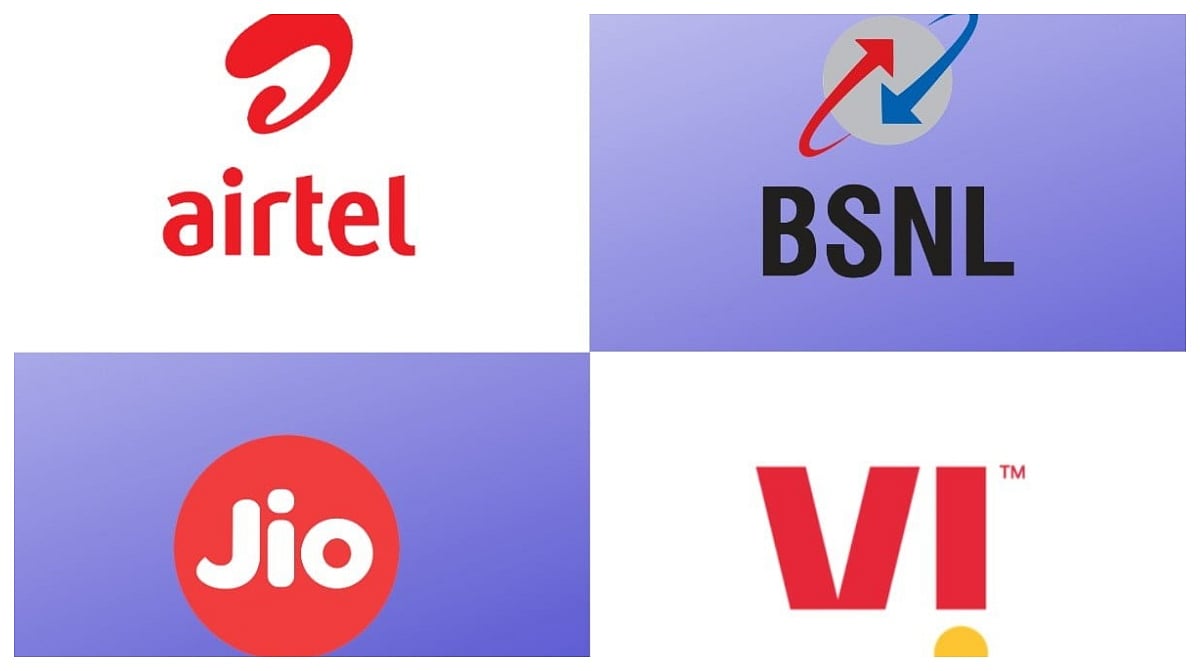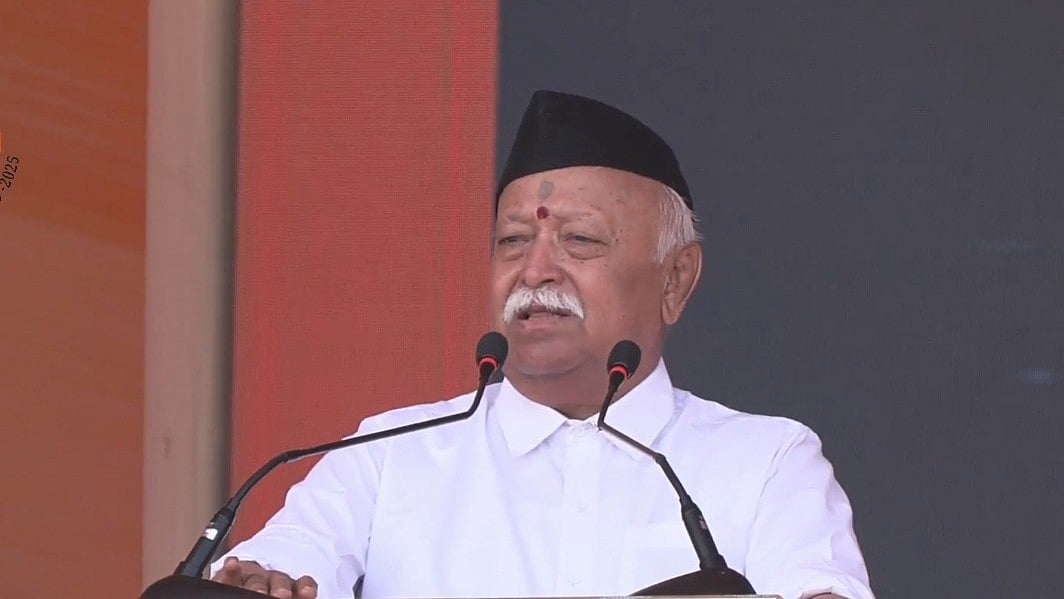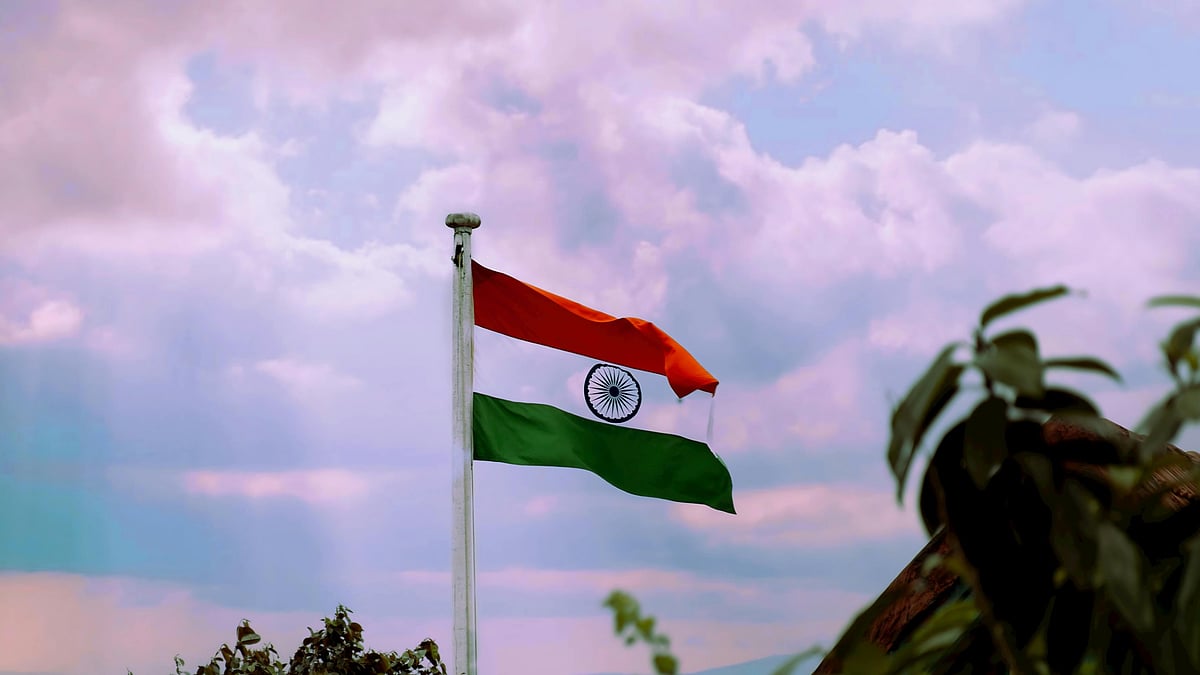All’s well that ends well. Except that it’s the beginning. But about six months and four meetings later, the group of 28 (as claimed on Tuesday, December 19) Opposition parties may have taken a small step forward.
Not that it was able to reach a consensus on a “face” or on a “seat-sharing formula”, but it did manage to turn on the heat in the chilly December late-evening in New Delhi.
Some of the credit for stoking the evening fire during the INDI Alliance meeting certainly goes to West Bengal Chief Minister and Trinamool Congress (TMC) Chairperson Mamata Banerjee. She is known for her sudden temper and mood swings, for calling a spade a spade even against odds and refusing to grant an inch to an adversary.
But this time, she was calm and poised. She did everything she is not usually known for.
No one can rule out her political acumen. And she did manage to disrupt – again – taking many of her friends and foes by surprise.
On Monday, December 18, she interacted with journalists. But of course, those who were critical of her were carefully kept out of the invitation list. However, some “friendly” representatives of such media houses were seen in attendance.
And when the pertinent question on sharing seats with arch-rivals Congress and the CPI(M) came up, it appeared she was ready for it. She promised “without discussion can’t impose”, followed by quotable quotes like “don’t hold a vendetta… ready to hold hands… somebody has to bell the cat, I’ve no problem”, et al.
And why not? The astute politician she is, Mamata knows the popularity that Prime Minister Narendra Modi enjoys – even in West Bengal. It was only his charisma that helped the BJP wrest 18 of the state’s 42 Lok Sabha seats last time. Otherwise, the state unit of the party is deeply fissured within.
Thus, she calculated the probabilities. Consider Baharampur Lok Sabha constituency in Murshidabad district, which has the highest Muslim population (66.28 per cent) as per Census 2011. It is currently represented in Parliament by Adhir Ranjan Chowdhury. He has been winning from this seat since 1999. He is the Leader of the Congress party in Lok Sabha and the party’s state President.
In adjoining Malda, the district has Bengal’s second-highest Muslim population (51.27 per cent). The Malda South seat is held by Congress MP Abu Hasem Khan Choudhury, brother of former Union cabinet minister A B A Ghani Khan Choudhury – still the doyen in the area, even 17 years after his death.
Mamata would prefer not to divide the minority votes.
Further north lies the Raiganj Lok Sabha seat, once held by another Congress former Union cabinet minister, Priya Ranjan Dasmunsi. In the 2019 elections, the TMC candidate lost to BJP by about 60 thousand votes while the CPI(M) and Congress candidates together polled close to 2.7 lakh votes.
Md. Salim, the then CPI(M) candidate from the seat, is today his party’s state secretary while Priya Ranjan’s widow, Deepa Dasmunsi, contested on behalf of the Congress.
Among other Lok Sabha constituencies Mamata may agree to share are Darjeeling and Cooch Behar. Currently held by BJP, both have been witnessing protests and demands for separate statehood.
Perhaps as barter for these constituencies in Bengal, Mamata can pressurise the Congress for sharing seats in Manipur, Tripura, and even Assam. The TMC supremo would like to keep justifying the All-India tag before her party’s name with a few vote-percentage outside West Bengal.
And the day after, as evening fell, the media started “breaking news” that Mamata had proposed the name of Congress President Mallikarjun Kharge as the face of the INDI Alliance. The news-breakers also mentioned that her suggestion was seconded by Delhi Chief Minister and AAP supremo Arvind Kejriwal.
It was a delivery that claimed a hattrick of wickets.
One, she portrayed herself as the benevolent, mature politician who doesn’t nurture hidden ambitions. Two, she left wannabes like Nitish Kumar, Sharad Pawar, among others, surprised and at a loss of words. Three, and most importantly, she made sure that it would be difficult for the BJP to virulently attack a member of the Dalit community.
Though the 82-year-old politician from Karnataka still has to prove that he's not just a proxy for the Gandhi family and is in control of the party, Kharge has had a long stint in public life.
The veteran politician has been the leader of the Opposition in both houses of Parliament and has also served as a cabinet minister earlier.
Considering all such qualifications, even those in Congress backing Rahul Gandhi as the “face” of Opposition were left speechless.
It needs mention, however, that Kharge himself ruled out naming any probable candidate before the Lok Sabha election results were announced and the alliance had enough seats to lay a claim to form the government.
Now the postscript.
Before the INIDI Alliance meeting, Mamata held meetings with Kejriwal and then SP chief Akhilesh Yadav. The troika is referred to by some as the “pressure group” or “the sub-alliance” within the alliance.
Be what it may, attaining the age of 69 in a few days, the once fiery petrel from West Bengal still breathes fire, but without turning red herself.











